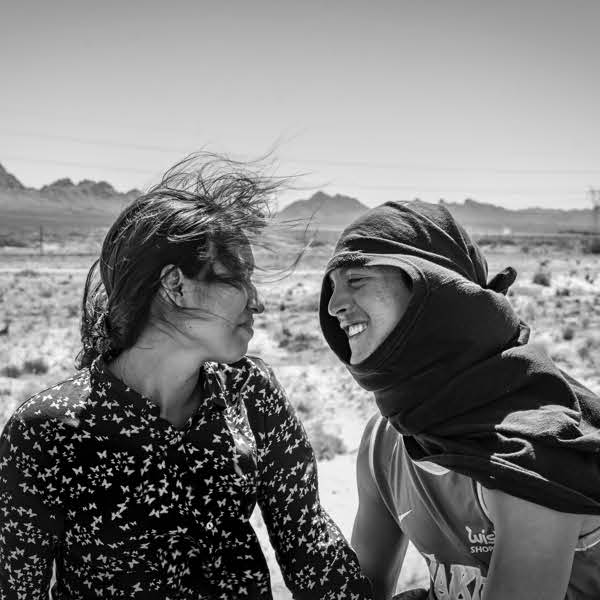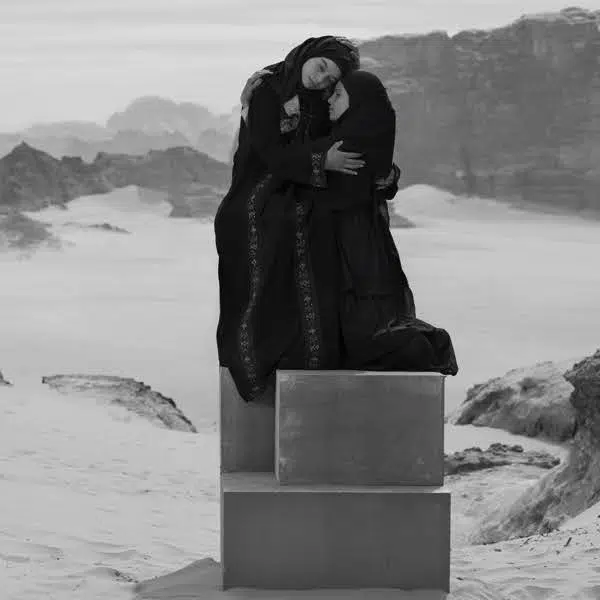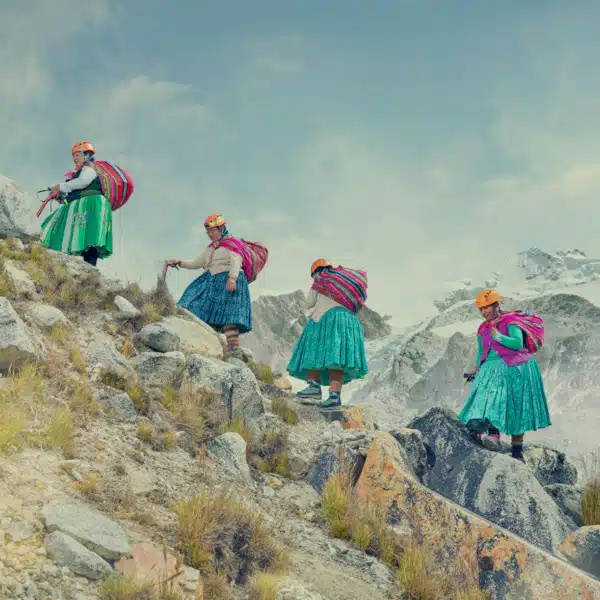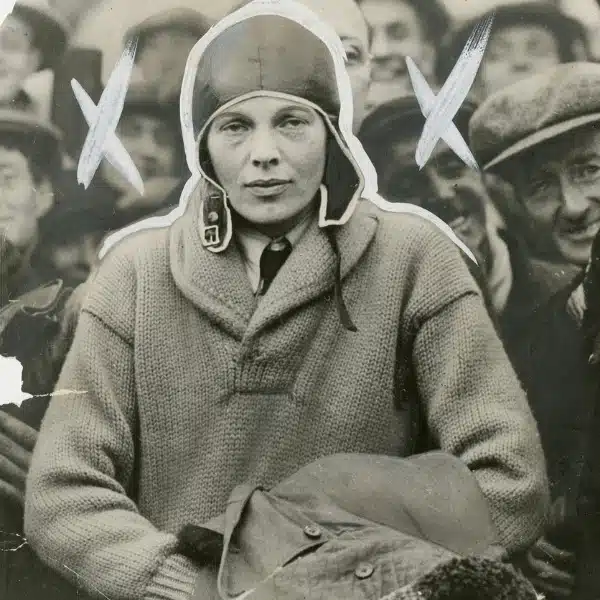View this post on Instagram
The late Gordon Parks was a photographer best known for documenting the lives of African Americans from the 1940s to the 1970s. Born in 1912 in Kansas, he was the youngest of 15 children and experienced hardship and segregation from an early age. In 1937, when he was 25 years old, he picked up a camera for the first time and began documenting issues of race, poverty, and policing in the United States.
Park’s first job as a photographer was for the Farm Security Administration, and he later became a regular contributor to Ebony and Vogue magazine; he was later hired as the first African American staff photographer at Life magazine. But hid talents extended beyond still images. In 1969, he became the first Black director of a major Hollywood film called The Learning Tree.
Parks was not just a prolific artist. He was an advocate for civil rights. He once said, “I chose my camera as a weapon against all the things I dislike about America—poverty, racism, discrimination.” His historical images remain poignant reminders of American history and the racial issues still faced today. Read on to discover the stories behind six of his most famous photos.
Here are six iconic Gordon Parks photographs that capture African American lives during the 2oth century.
American Gothic, Washington, D.C., 1942
View this post on Instagram
This photo is one of Parks’ earliest and most recognizable works. It depicts Ella Watson, who was a cleaner at the Farm Security Administration (a government agency created in 1937 to combat rural poverty during the Great Depression in the U.S.). Watson cleaned the offices at night but was never promoted due to her race. Parks learned of her life story and asked permission to photograph her at work, at home, and with her community in a series of at least 90 images taken over several years.
This particular image, titled American Gothic, is a direct parody of artist Grant Wood’s iconic 1930s painting of the same title. Posed in front of the American flag holding the tools of her labor, this portrait of Watson highlights the racial inequality that was rife during pre-civil-rights America, the “land of opportunity.”
Red and Herbie Levi At the Funeral of Maurice Gaines, Harlem, New York, 1948
View this post on Instagram
Parks’ first photographic essay, Harlem Gang Leader, appeared in the November 1st issue of Life in 1948. For the project, Parks gained the trust of one particular gang and their leader Leonard “Red” Jackson and spent six weeks photographing them. In this emotive image from the series, Red and Herbie Levy mourn over their friend Maurice Gaines who was found dying on a Harlem sidewalk one night in 1948. Parks hoped his images would give a more complete picture of Red and his friends who were often ostracized from society and branded as low-life criminals. This image evokes empathy for the boys, who were clearly faced with a devastating reality.
Emerging Man, Harlem, New York, 1952
View this post on Instagram
Emerging Man was part of a larger photo essay for Life titled A Man Becomes Invisible. The series was inspired by Ralph Ellison’s book Invisible Man which was released the same year. The novel tells a story of a man who goes unnoticed due to the color of his skin. This image, along with three others, was published in a 1952 issue of Life magazine as a visual interpretation of Ellison’s novel. The photo captures a man rising from an uncovered manhole with his face darkened by the night’s shadows. The subject stares straight into the eyes of the viewer, forcing them to really see him.
Outside Looking In, Mobile, Alabama, 1956
View this post on Instagram
In 1956, Life published 26 of Park’s rare color photographs under the title The Restraints: Open and Hidden. The series explored racial segregation, specifically through the eyes of the Thorton family from Alabama. He captured their everyday struggles to overcome discrimination, revealing how prejudice pervades even the most ordinary moments. In this image, titled Outside Looking In, Black children look through a wire fence that acts as a physical barrier between them and a “whites only” fairground.
Untitled, New York, 1963
View this post on Instagram
Parks documented the Civil Rights Movement through the 1950s and 1960s. One of the most pivotal years was 1963, and Parks captured countless images of protests happening in Harlem during this time. This image features a man holding a protest sign that reads, “We are living in a Police State.” More men are seen in the background, also holding up signs with similar messages. The main subject’s emotionally exhausted expression sums up the mood of the time. Images like these, along with the march on Washington, D.C. and Dr. Martin Luther King’s famous “I Have a Dream” speech, stirred up civil rights advocates around the U.S. to fight for change.
The Fontenelles at the Poverty Board, Harlem, New York, 1967
View this post on Instagram
In 1967, Life magazine commissioned Parks to document the lives of Black families living in poverty. In a series titled A Harlem Family, Parks captures the lives of the Fontenelle family. After asking parents Norman and Bessie for permission to photograph them, he spent several days with the entire family without his camera, so that they could first feel comfortable with his presence. The resulting intimate images shed a light on the family’s plight, from their poor living conditions to their lack of education. In this image, titled The Fontenelles at the Poverty Board, the family is captured huddled together behind an office desk, talking to a clerk at the poverty board. Their tired faces capture the frustration felt by many African Americans facing racism and poverty at the time.
Gordon Parks Foundation: Website | Facebook | Instagram | Twitter
All images via Gordon Parks Foundation.
Related Articles:
Ghanaian Artist Explores Being Black in America Through Colorful Portraits [Interview]
5 Kara Walker Artworks That Tell Historic Stories of African American Lives
5 Trailblazing Black Women You Should Learn About This Black History Month
12 Books You Should Read This Black History Month And All Year Long






















































































